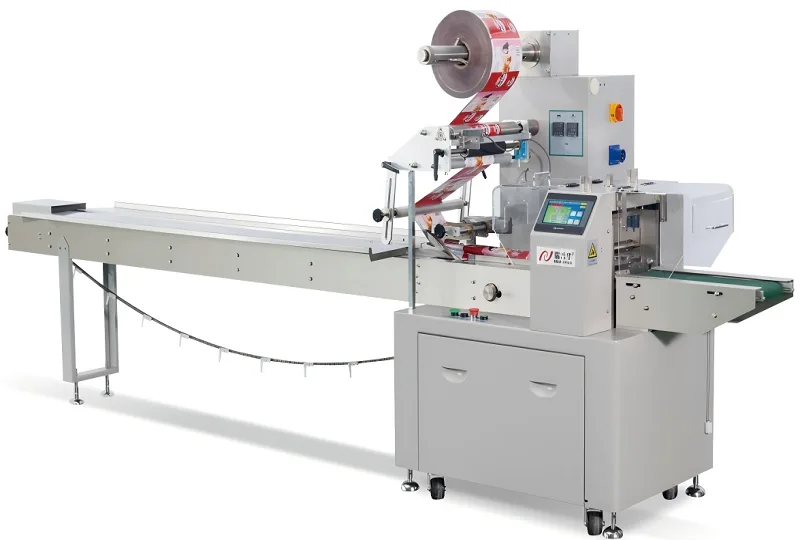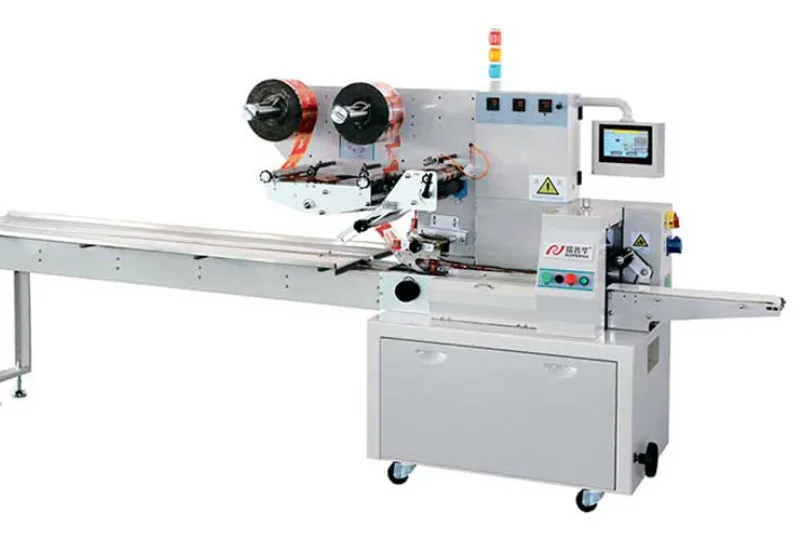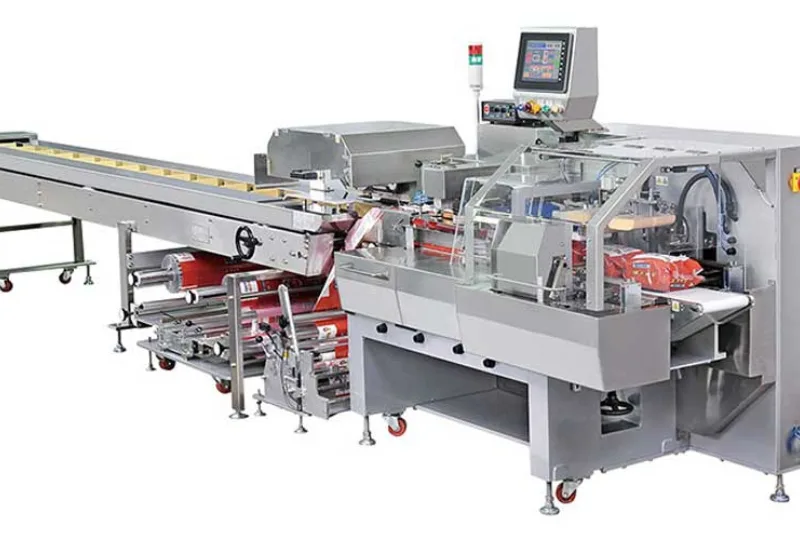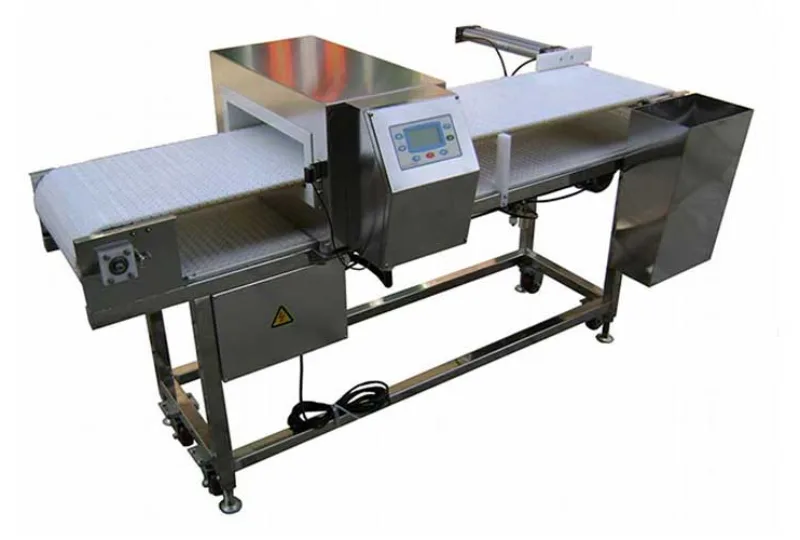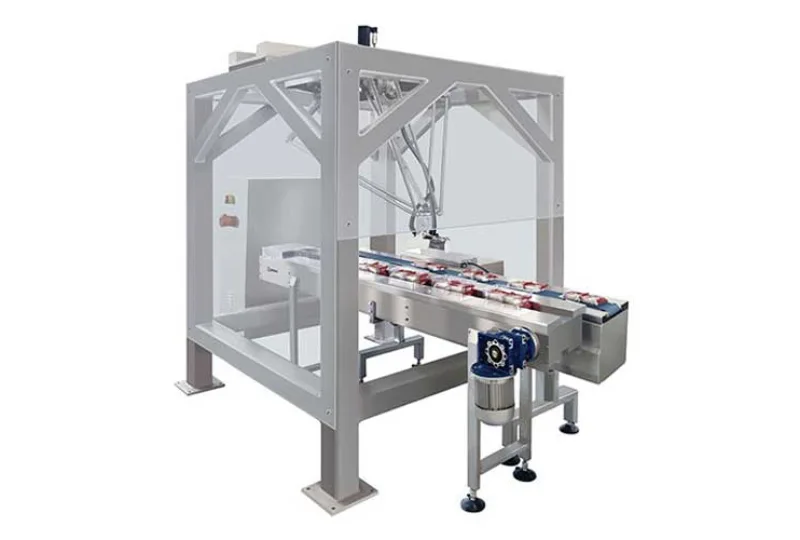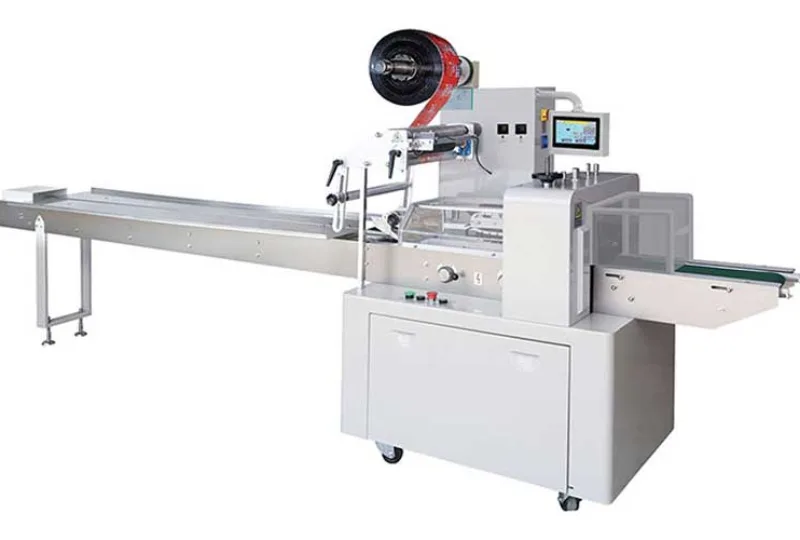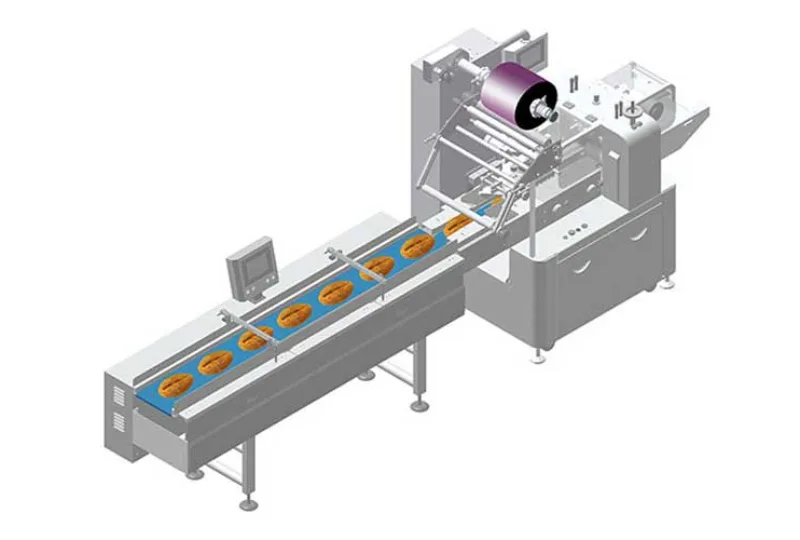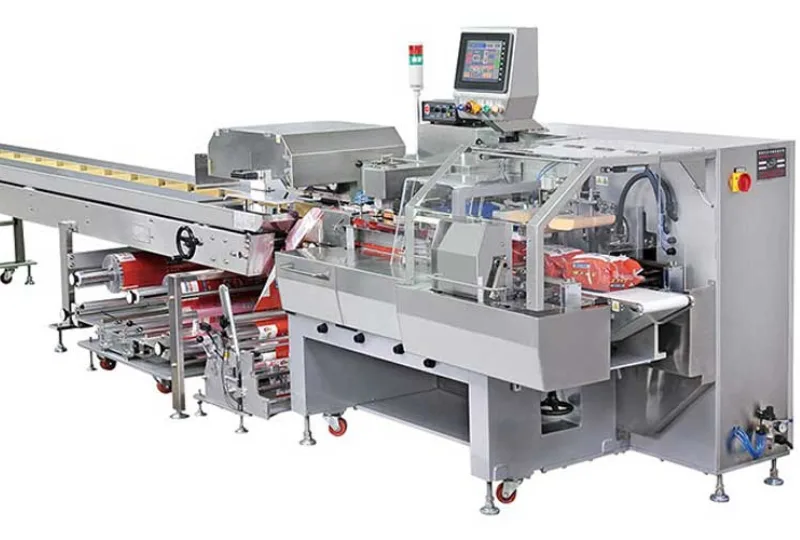Understanding the Mechanics of Bread Wrapping Machinery
Bread wrapping machines play a crucial role in the baking industry, ensuring the freshness and shelf life of bread products. Understanding their mechanics is essential for efficient operation and maintenance. This article delves into the intricacies of bread wrapping machinery, providing a comprehensive overview of its design, function, and key components.
Main Components
Bread wrapping machines consist of various components that work in unison to wrap loaves securely and efficiently. These components include:
Conveyor System: Transports loaves through the wrapping process, ensuring smooth and continuous operation.
Film Dispenser: Holds and unwinds the packaging film, wrapping it around the loaves.
Sealing System: Seals the film, creating an airtight and tamper-proof package.
Date Coder: Prints the date and other relevant information on the package for traceability purposes.
Wrapping Process
The wrapping process in bread wrapping machinery involves several steps:
Loaf Loading: Loaves are placed on the conveyor system manually or automatically.
Film Unwinding: The film dispenser unwinds the packaging film, wrapping it around the loaf.
Sealing: The sealing system applies heat or adhesives to bond the film, creating a secure seal.
Date Coding: The date coder prints the desired information on the package.
Package Ejection: The wrapped loaves are ejected from the machine, ready for storage or distribution.
Types of Wrapping Systems
Bread wrapping machines employ different types of wrapping systems depending on the desired package type:
Flow Wrapping: Wraps loaves in a single layer of flexible film, creating a snug and airtight package.
Shrink Wrapping: Uses heat to shrink a loose film around the loaves, resulting in a tight and tamper-evident package.
Twist Wrapping: Wraps loaves in a twist-style film, providing a flexible and easy-to-open package.
Maintenance and Troubleshooting
Regular maintenance is crucial to ensure the optimal performance of bread wrapping machines. This includes cleaning, lubrication, and checking for wear and tear. Common troubleshooting issues and their resolution include:
Film Jamming: Verify correct film tension and clear any obstructions in the film path.
Poor Sealing: Adjust sealing temperature, pressure, or dwell time to achieve a proper seal.
Date Coding Errors: Check the date coder settings and ensure the correct ink cartridge is installed.
Conveyor Malfunctions: Inspect the conveyor system for broken belts, worn sprockets, or improper tension.
Conclusion
Understanding the mechanics of bread wrapping machinery empowers bakers with the knowledge to operate and maintain these machines effectively. By comprehending the main components, wrapping process, types of wrapping systems, and common troubleshooting issues, bakeries can ensure the consistent and efficient production of high-quality wrapped bread products.
-
01
Automatic Tray Loading and Packaging Equipment: Boost Efficiency to 160 Bags/Minute
21-11-2025 -
02
Automatic Soap Packaging Machine: Boost Productivity with 99% Qualification Rate
21-11-2025 -
03
A Deep Dive into Automatic Toast Processing and Packaging System
18-11-2025 -
04
The Future of Bakery Production: Automated Toast Processing and Packaging System
18-11-2025 -
05
Reliable Food Packaging Solutions with China Bread, Candy, and Biscuit Machines
11-10-2025 -
06
High-Performance Automated Food Packaging Equipment for Modern Production
11-10-2025 -
07
Reliable Pillow Packing Machines for Efficient Packaging Operations
11-10-2025 -
08
Advanced Fully Automatic Packaging Solutions for Efficient Production
11-10-2025 -
09
Efficient Automatic Food Packaging Solutions for Modern Production
11-10-2025 -
10
Advanced Automatic Packaging Equipment for Efficient Production
11-10-2025






